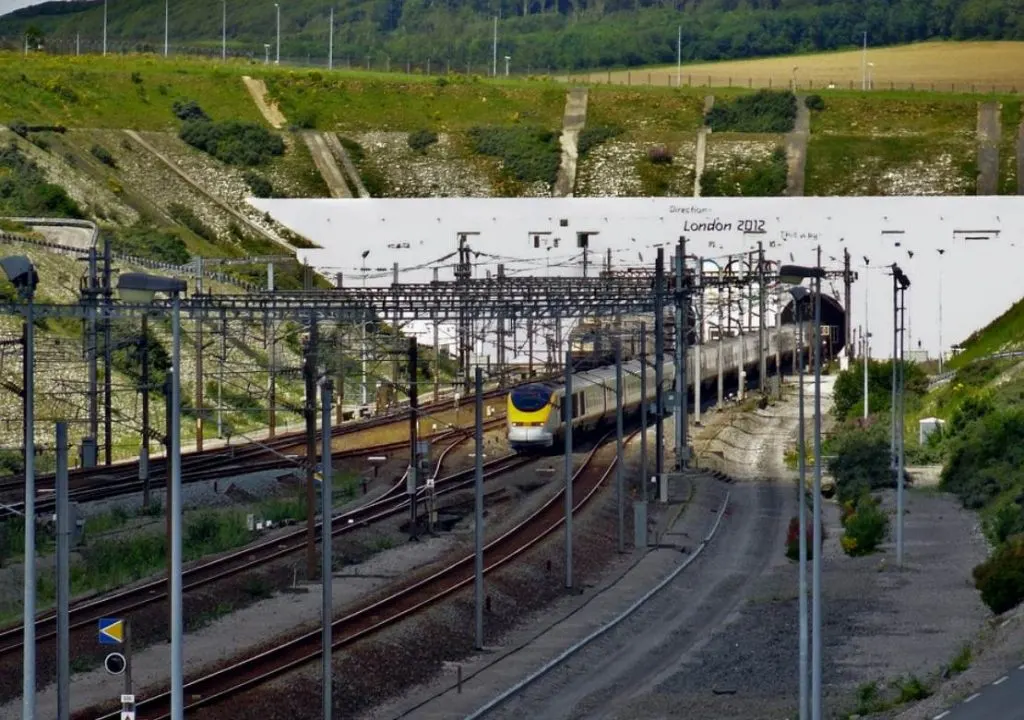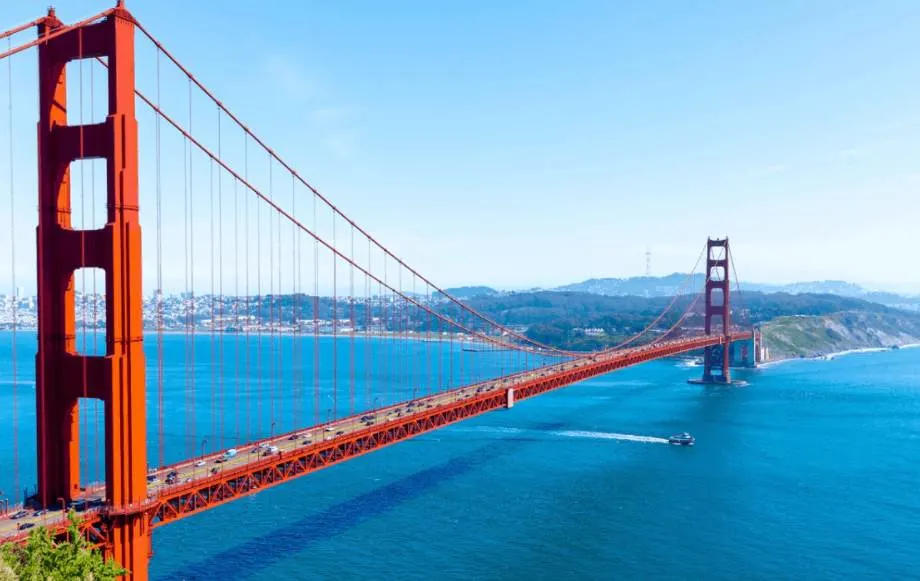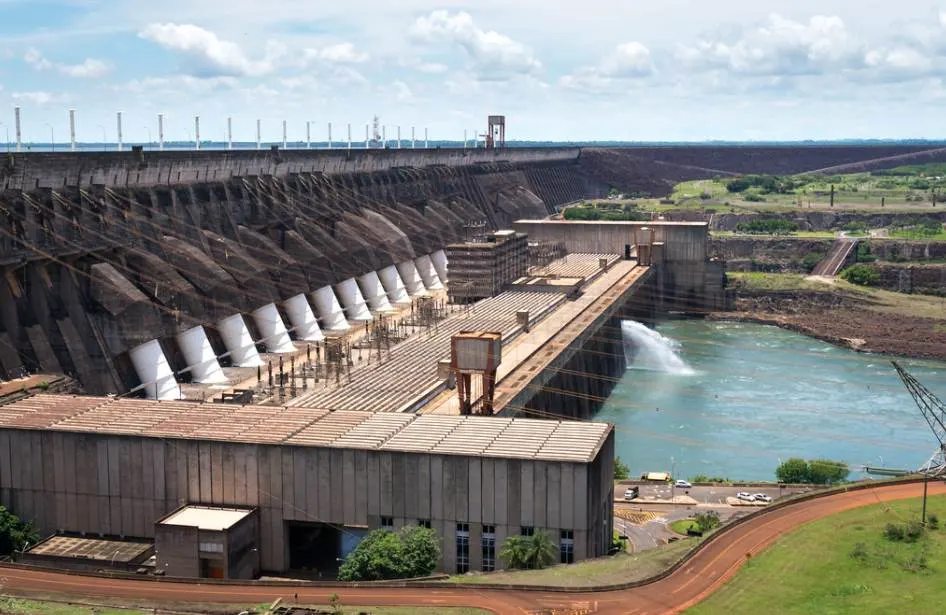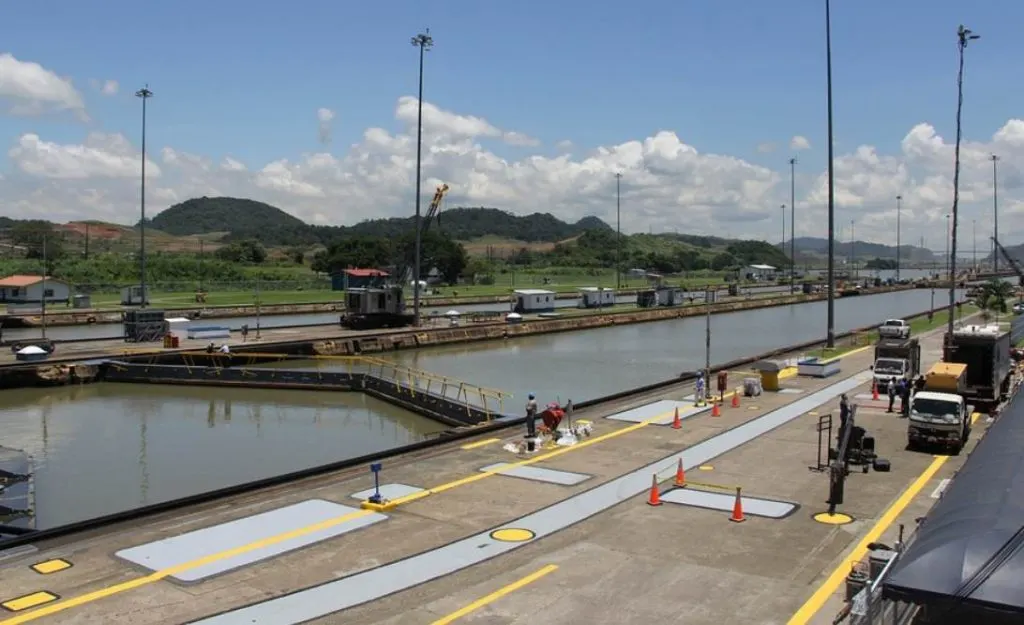Since ancient times, wonders of the world have been put into lists. Art Facts already featured lists with the 7 wonders of the ancient world and the 7 new wonders of the world today.
In this post, You’ll discover a list created by the American Society of Civil Engineers. The list was created in 1994 and pays tribute to the “greatest civil engineering achievements of the 20th century.”
So here is the result of the question answered by the ASCE in 1994: What are the 7 wonders of the modern world?
1. Channel Tunnel
If you wanted to reach England from France or vice versa before 1994, you had to take the boat as there was no other way. That was until the Channel Tunnel was built!
November 14, 1994, is a historic day in the world, as it was the first time that passengers were able to travel in between the countries without having to take a boat.
The channel tunnel is a 50.45-kilometer long railway tunnel that connects Folkestone, Kent, in England, with Coquelles, Pas-de-Calais. This is in the area of Calais, a city in northern France. The tunnel runs beneath the English Channel at the Strait of Dover.
The reason the Channel Tunnel was added to the list of 7 Wonders of the Modern World is that it has, at 37.9 kilometers (23.5 mi), the longest underwater section of any tunnel in the world.

2. CN Tower
The CN Tower is a 553.3 meters-high (1,815.3 ft) concrete communications and observation tower. It has been one of the most recognizable structures in the world since it was completed in 1976.
The astounding tower was built by the Canadian National (which is also the meaning of the abbreviation in the tower’s name) on a large and abandoned railway junction in downtown Toronto, Canada.

The reason why it was chosen in the list of 7 modern wonders of the world is that, in 1994, it held the title of the world’s tallest free-standing structure. It held the title for 37 years until it was surpassed by the Burj Khalifa in 2007. It held the title of the tallest tower in the world until 2009 until it was surpassed in 2009 by the 604-meter (1,982 ft)-tall Canton Tower.
At the moment, it is still the ninth-tallest free-standing structure in the world, even though it will most probably soon be surpassed by the Jeddah Tower. It is however still the tallest free-standing structure on land in the Western Hemisphere.

3. Empire State Building
One of the most iconic skyscrapers in the world is the Empire State Building, a 102-floor art-deco skyscraper right in the heart of Manhatten, New York.
When an 18th-century farm was turned into the Waldorf-Astoria in 1897, very few people would have thought that the tallest building in the world would rise on this location. But when Empire Stat Inc. acquired the hotel and demolished it, that’s the only thing they had in mind.
Apart from being one of the most visited buildings in New York (over 4 million people from all around the world visit its observation decks on the 86th and 102nd floor every year), there are more reasons the Empire State building was chosen as one of the 7 Wonders Of The Modern World.
- It was the tallest structure in the world (1931–1954).
- It was the tallest freestanding structure in the world (1931–1967).
- It was the tallest building in the world (1931–1970).
- It was the first building in history with 100+ stories.
From an engineering point of view, the Empire State Building was built in record time as well. Construction started on March 17, 1930, and the building opened thirteen and a half months afterward on May 1, 1931.

4. Golden Gate Bridge
The Golden Gate is a one-mile-wide (1.6 km) strait connecting San Francisco Bay and the Pacific Ocean. The bridge spanning this straight is called the “Golden Gate Bridge.” It connects the northern tip of the San Francisco Peninsula with Marin County.
The Golden Gate Bridge is a suspension bridge, just as the iconic Brooklyn Bridge in New York, which was the world’s first steel-wire suspension bridge. At the time of its opening in 1937, it was the longest suspension bridge in the world and held this title until 1964. It has a main span of 4,200 feet (1,280 m) and a total height of 746 feet (227 m).
The Golden Gate Bridge is more than merely an amazing bridge, it has become a symbol of not just San Francisco but the entire United States and is arguably the most famous bridge in the world.

5. Itaipú Dam
One of the biggest dams in the world can be found on the border of Brazil and Paraguay on the Paraná River. The construction of the Itaipú Dam, which didn’t go smoothly because of problems with Argentina, started in 1970 and was completed in the year 1984.
This astounding dam is located near the cities of Foz do Iguaçu, in Brazil, and Ciudad del Este in Paraguay, which are connected by the “Friendship Bridge” just 15 kilometers (9.3 mi) north of the Itaipú Dam.
It has gained a spot in the list of 7 wonders of the modern world because it’s both a binational undertaking, run by Brazil and Paraguay at the border between the two countries and because it’s the largest operating hydroelectric facility in the world in terms of annual energy generation.

6. Delta And Zuiderzee Works
The Netherlands translates to “The Low Lands.” We can take this quite literally because over 50% of the country is located less than 1 meter above sea level.
The idea to create dams to protect the land of the country has been a talking point since the 17th century, but due to limited technological capabilities at the time, it was never really feasible.
The “Zuiderzee Works” is a large land reclamation and protection project that started in the early 20th century. The “Delta Works” is a similar project in the Southern part of the country.
The projects started in 1920 and due to their immense scale, were only finished on May 10, 1997. Both projects are the largest hydraulic engineering projects undertaken by the Netherlands during the twentieth century.

7. Panama Canal
Panama is home to arguably one of the most famous canals ever built. The Panama Canal connects the Atlantic Ocean with the Pacific Ocean and this shortcut seriously reduces the time ships need to travel to get from one ocean to the other.
The first construction attempts were done starting on January 1, 1881, by the French. Panama was then still a province of Colombia. They didn’t succeed due to engineering problems.
The Americans took over the construction in 1904 and the Panama Canal was officially opened on August 15, 1914.
The reason that the Panama Canal was chosen as one of the 7 wonders of the modern world is the fact that it’s one of the most complicated engineering projects ever undertaken. Given the time it was built, it was totally in line with the essence of the 7 wonders list that was chosen by ASCE, namely being “one of the greatest engineering wonders of the 20th century!”

